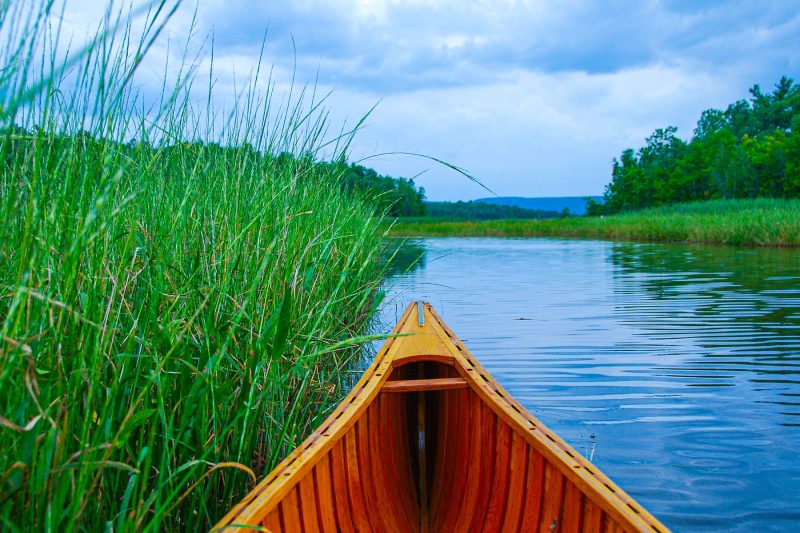
The 12,000-acre St. Louis River Estuary, North America’s largest freshwater estuary, is under attack: decades of pollution from mining, steel manufacturing, shipping, and chemical industries have contaminated these waters, compounding the looming risk of sulfide mining, climate-driven floods that spread contaminants, and the near-eradication of wild rice. These threats disproportionately affect low-income and Indigenous communities, jeopardizing access to safe water, traditional foods, and cultural practices. Waankam: People for the Estuary – named for the Anishinaabemowin meaning “water’s most pristine state” – is a grassroots initiative working to protect and restore the estuary through shoreline cleanups, community-led water testing, wild rice planting, and youth education. The group is also pursuing legal personhood for the estuary, part of the growing global Rights of Nature movement, to give the river standing in court. At its heart, Rights of Nature is a powerful call to honor Indigenous wisdom, shifting perspectives from using nature as a resource to recognizing her inherent right to life.
Founded in 2019, Waankam is led by Indigenous and non-Indigenous Duluth residents, many with personal ties to the estuary’s decline. The group holds seasonal gatherings rooted in Indigenous and ecological knowledge and hosts public forums on topics like wild rice restoration and pollution law. Waankam collaborates with allies such as the 1854 Treaty Authority, Minnesota Land Trust, and Indigenous Women’s Water Sisterhood to support manoomin reseeding and shoreline restoration efforts. Partnering with Harbor City International School, they are launching a year-long curriculum to help students become informed stewards of clean water, healthy ecosystems, and the estuary’s future. While the City has yet to pass a Rights of Nature charter amendment, Waankam’s legal work, alongside grassroots science and education, has helped turn heads in City Hall. “The estuary should speak for itself,” co-founder Emily Levang says. Waankam is bringing together law, ceremony, youth learning, and policy to restore ecological balance and honor their relationship with water.

Lumberjacks on a log driver down the St. Louis River near Duluth in 1888. Photo: MPRNews.org